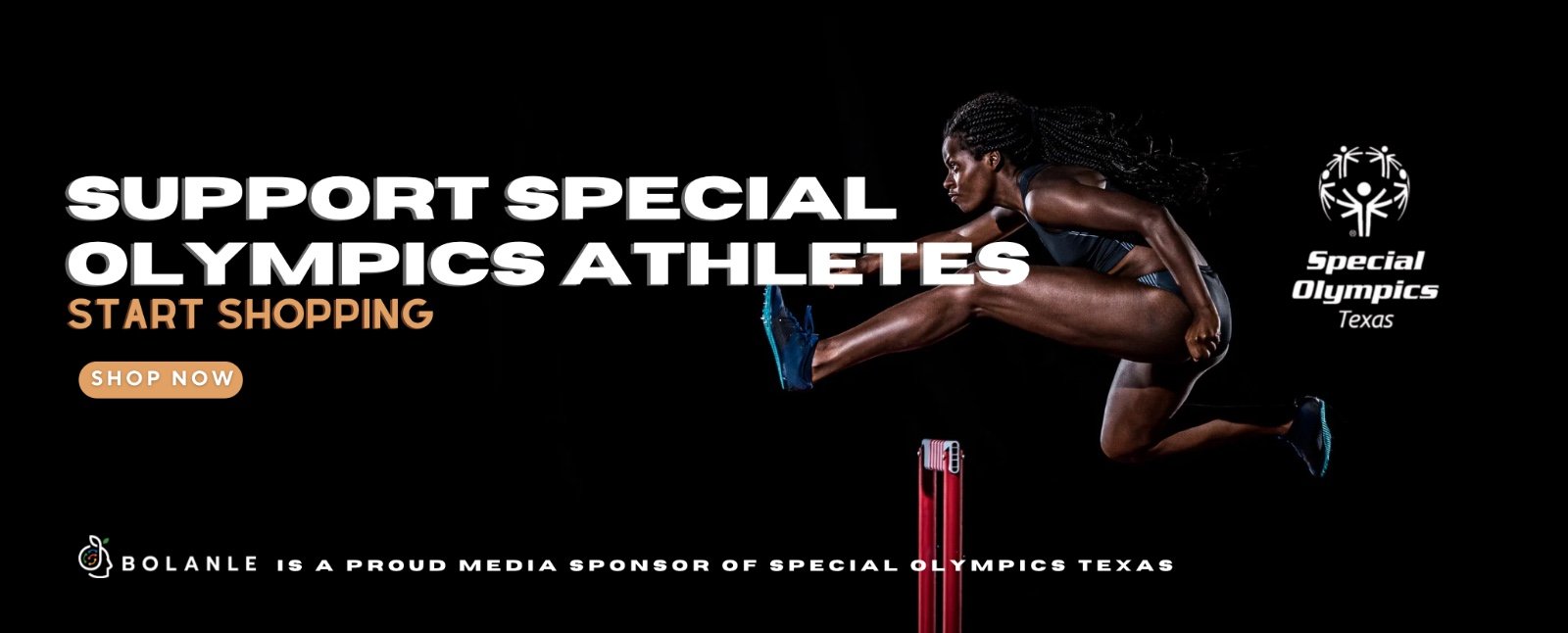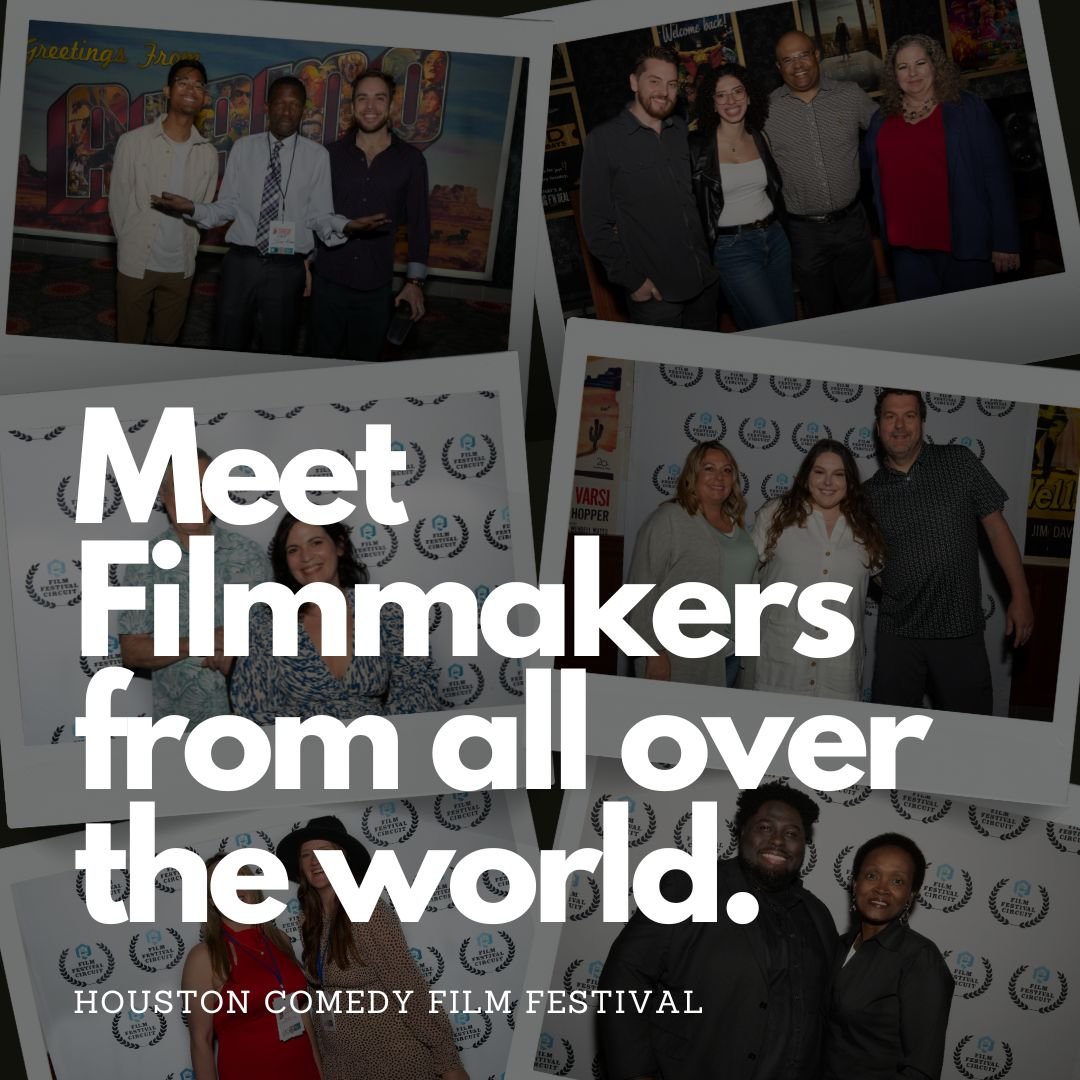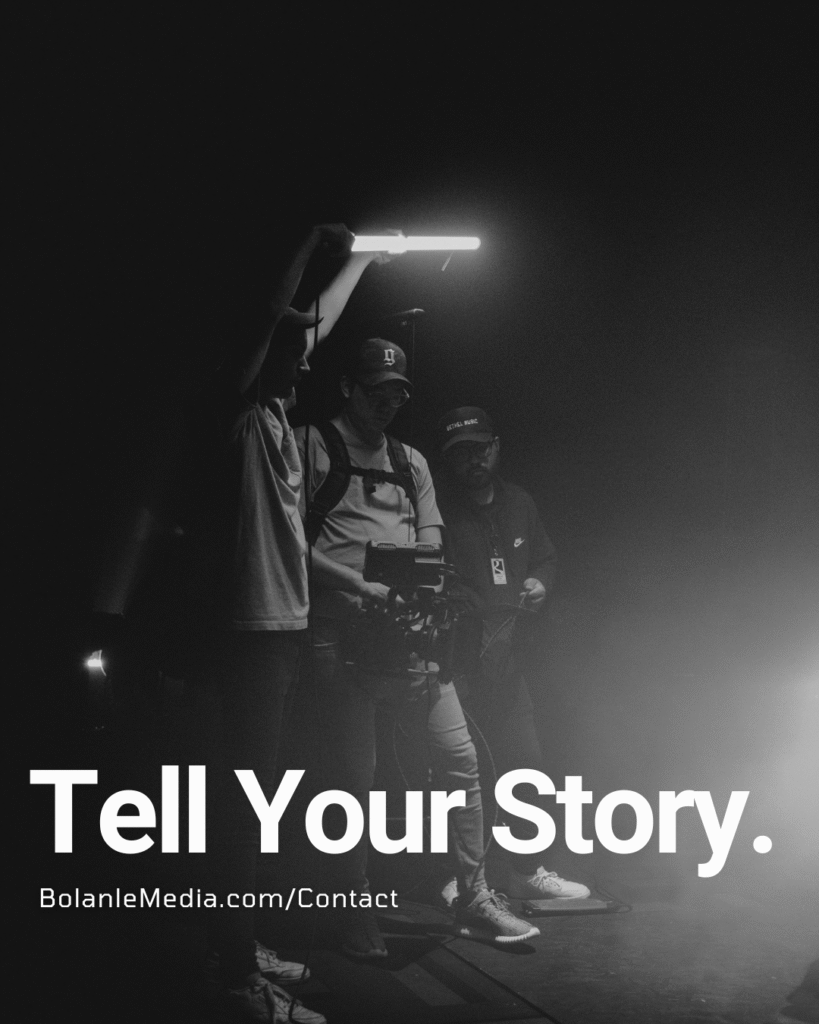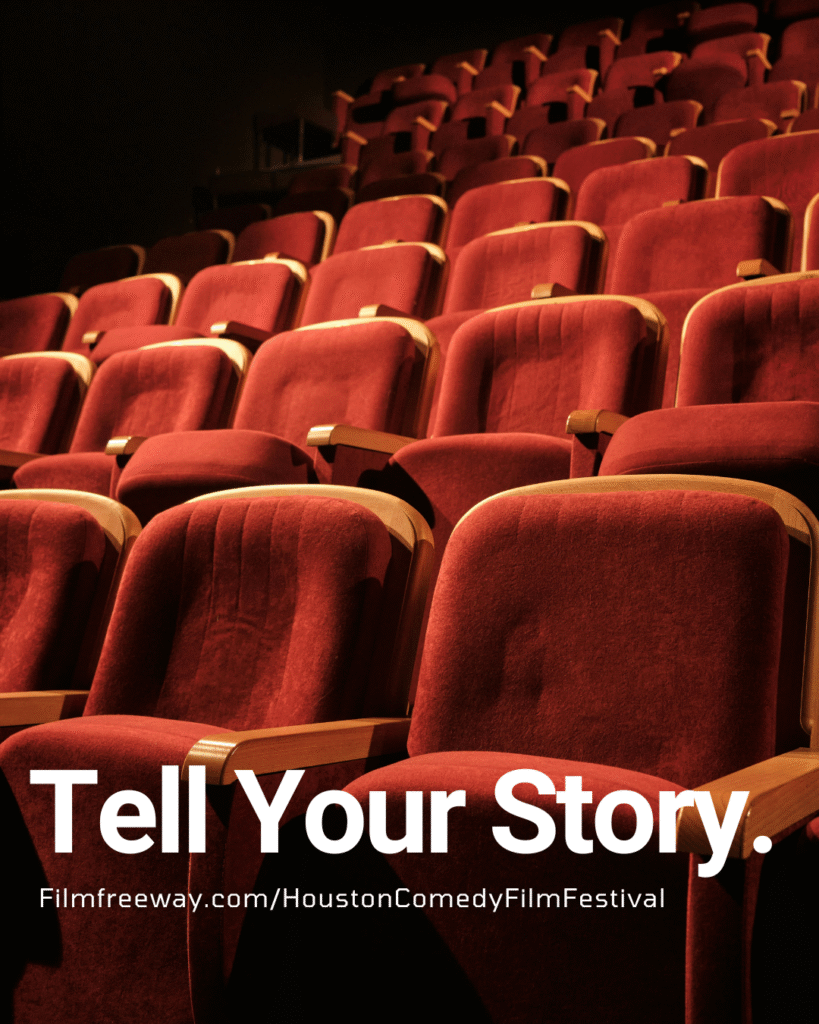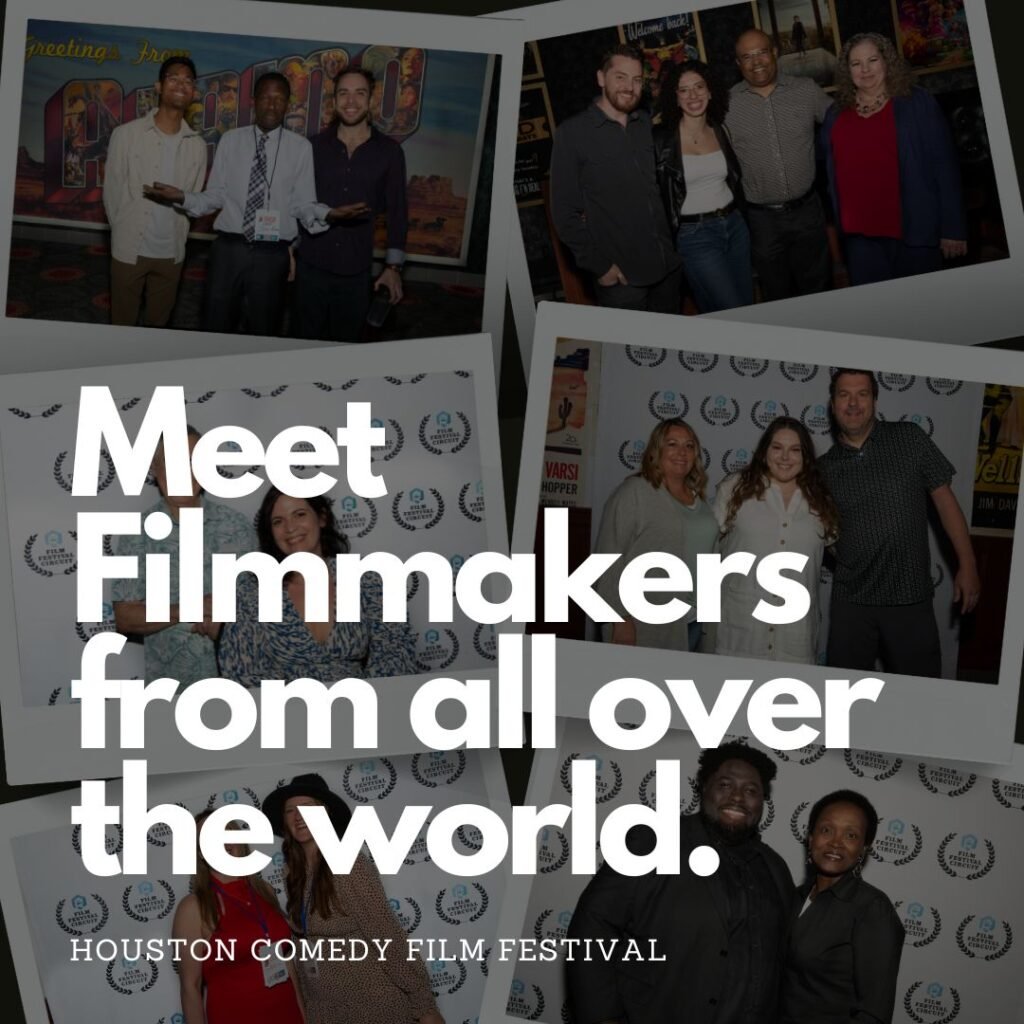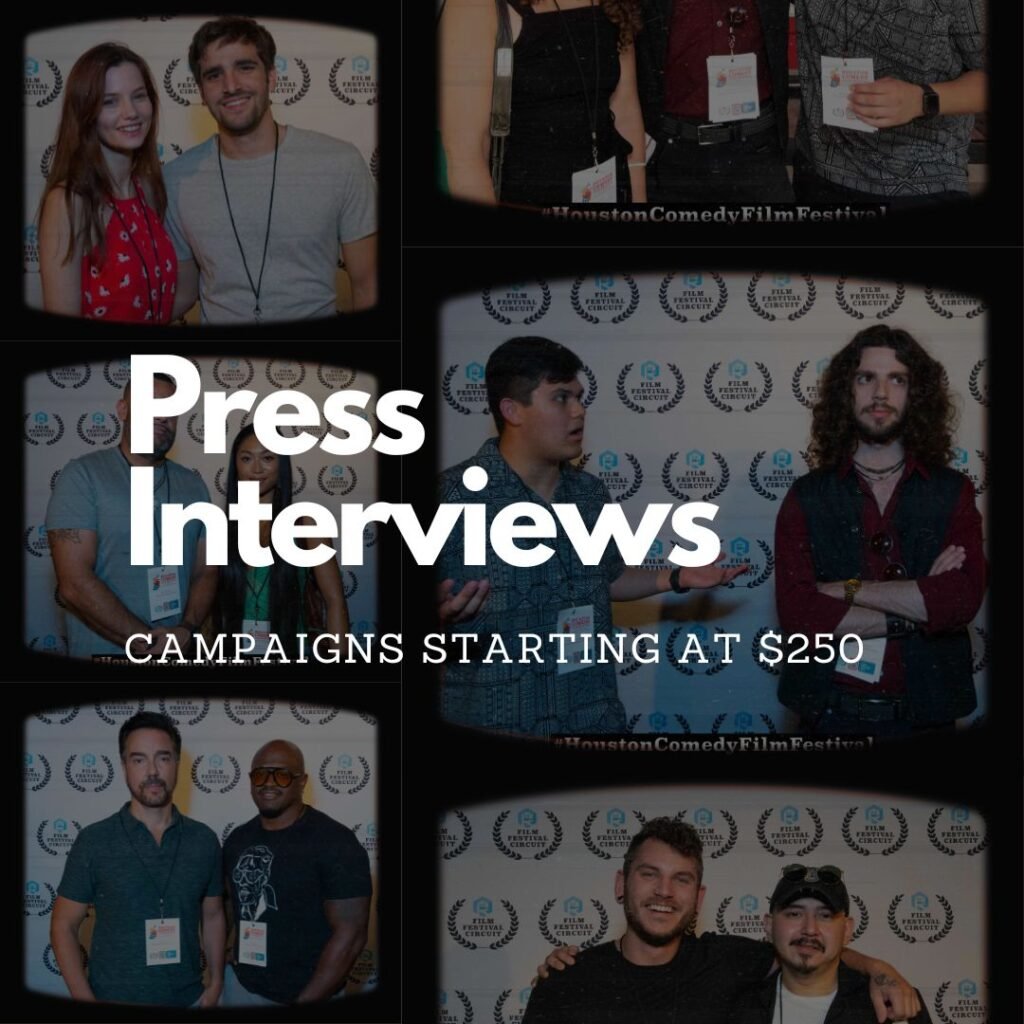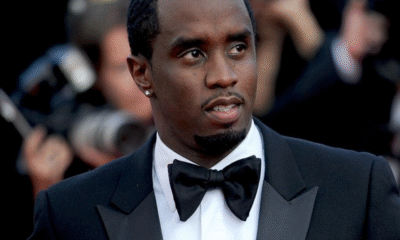Advice
The Impact of Music on Film Pacing

Music is often described as the soul of cinema, a powerful force that shapes the emotional landscape and narrative flow of films. While the visual elements of a film are critical, the score and soundtrack significantly influence how audiences perceive pacing and emotional engagement. This article explores how music affects the pacing of films, supported by data insights and notable examples.

Emotional Response: Enhancing Engagement
Research in film music psychology suggests that music can increase emotional engagement by up to 50%, making scenes feel more impactful. This heightened emotional response is crucial for establishing a connection between the audience and the characters on screen. When viewers hear a well-composed score that aligns with the narrative, they are more likely to feel empathy and investment in the story.
For instance, in The Lion King, Hans Zimmer’s score during Mufasa’s death scene evokes profound sadness and loss. The orchestral swell amplifies the emotional weight of the moment, making it resonate deeply with audiences. This connection is not just about what is seen but is heavily influenced by what is heard.
Pacing Perception: The Rhythm of Narrative
Music plays a vital role in shaping pacing perception within a film. Research indicates that scenes accompanied by fast-paced music are perceived as moving faster than those with slower scores, even if their actual duration remains unchanged. This phenomenon allows filmmakers to manipulate how audiences experience time within the narrative.

Example: Mad Max: Fury Road
In Mad Max: Fury Road, composer Junkie XL employs a relentless score that matches the film’s high-octane action. The fast-paced music drives the narrative forward, creating an exhilarating experience for viewers. The rhythm of the score aligns perfectly with the visual tempo, making every chase and explosion feel urgent and immediate. As a result, audiences perceive the film as a continuous adrenaline rush, demonstrating how music can dictate pacing effectively.
Viewer Retention: The Power of Soundtracks
Films with well-integrated soundtracks tend to have higher viewer retention rates and better audience reviews. This correlation suggests that effective pacing through music enhances overall enjoyment and engagement with the film. A memorable score can linger in viewers’ minds long after they leave the theater, reinforcing their emotional connection to the story.
Example: Star Wars
John Williams’ iconic score for Star Wars is a prime example of how music can enhance viewer retention. The distinct themes associated with characters like Luke Skywalker and Darth Vader create lasting impressions that resonate with audiences. Each time these motifs are played throughout the saga, they evoke nostalgia and emotional responses tied to specific moments in the films. This musical continuity not only aids in character recognition but also keeps viewers invested across multiple installments.
Creating Tension and Release
Music also plays a critical role in establishing tension and providing moments of release within a film’s narrative structure. By manipulating tempo, dynamics, and instrumentation, composers can guide audience emotions through suspenseful sequences leading to climactic resolutions.

Example: Jaws
In Jaws, John Williams’ two-note motif is synonymous with impending danger. The gradual build-up of this theme creates tension as it signals the shark’s approach. As scenes progress, this motif heightens anxiety, making audiences anticipate something terrifying about to happen. When moments of calm occur after these intense sequences, the absence or softening of music allows for emotional release, making those moments feel more impactful.
Enhancing Character Development
Music can also enhance character development by providing auditory cues that reflect a character’s emotional journey. Composers often use recurring themes or motifs associated with specific characters to provide insight into their psychological states.
Example: The Lord of the Rings
Howard Shore’s score for The Lord of the Rings trilogy employs leitmotifs extensively to represent different characters and cultures. For instance, Frodo’s theme is gentle and melancholic, reflecting his burden throughout the journey. As Frodo faces challenges, variations in this theme signal his emotional evolution—whether he is filled with hope or despair—thus influencing pacing by aligning musical changes with character arcs.
Facilitating Smooth Transitions
Music aids in creating smooth transitions between scenes or sequences, helping maintain narrative flow. A well-composed score can bridge gaps between contrasting scenes, making shifts feel seamless rather than jarring.
Example: La La Land
In La La Land, musical numbers are interspersed with dialogue, influencing pacing by alternating between lively dance sequences and slower moments of reflection. The upbeat songs propel the narrative forward during key plot points while softer melodies provide necessary pauses for character development. This interplay between music and visuals creates a cohesive experience that enhances storytelling.

Conclusion
In summary, music profoundly influences film pacing by enhancing emotional engagement, shaping pacing perception, improving viewer retention, creating tension and release, enhancing character development, and facilitating smooth transitions between scenes. Through careful selection and composition of soundtracks, filmmakers can manipulate audience emotions and experiences throughout a movie’s narrative arc.
As cinema continues to evolve, understanding the relationship between music and pacing remains essential for filmmakers aiming to create compelling narratives that resonate with audiences on multiple levels. By recognizing music as an integral component of storytelling rather than merely an accompanying element, filmmakers can craft richer cinematic experiences that leave lasting impressions on viewers long after the credits roll.
Bolanle Media is excited to announce our partnership with The Newbie Film Academy to offer comprehensive courses designed specifically for aspiring screenwriters. Whether you’re just starting out or looking to enhance your skills, our resources will provide you with the tools and knowledge needed to succeed in the competitive world of screenwriting. Join us today to unlock your creative potential and take your first steps toward crafting compelling stories that resonate with audiences. Let’s turn your ideas into impactful scripts together!
Advice
How AI Is Forcing Everyone Into the Entrepreneur Game

Remember when having an ordinary job felt safe? Those days are over. The arrival of artificial intelligence isn’t just automating tasks—it’s blowing up the very idea of job security and ushering in an era where adaptability and entrepreneurship aren’t optional, they’re survival skills. Welcome to the new game. Average is automated, and now, everyone needs to think—and act—like an entrepreneur.

AI Isn’t Coming—It’s Already Here (And It’s Taking Jobs)
It’s not sci-fi anymore. By 2025, AI and automation are expected to displace as many as 85 million jobs worldwide, from customer service roles to entry-level tech positions, with 13.7% of U.S. workers already reporting being replaced by robots or AI-driven systems. Young people are especially hard-hit: tech unemployment among 20- to 30-year-olds has jumped 3% this year alone in AI-exposed roles. And the impact isn’t slowing down. Analysts say up to 60% of jobs in advanced economies could see tasks automated in the near future, with 30% of workers fearing outright replacement.
Why Average Isn’t Enough Anymore
The old industrial world ran on “the bell curve”—reliably rewarding the middle. If you were competent, you were comfortable. But in the digital age, AI is programmed to do average things perfectly and instantly. Now, the top 10%—the specialists, the creators, the difference-makers—snap up 90% of the rewards, while the rest get left behind.

Enter: The Entrepreneur Game
Here’s the twist: being entrepreneurial isn’t just about starting a business. It’s about building a personal brand, mastering a specialty, and continually learning or creating something valuable that AI can’t easily duplicate. Tech isn’t killing opportunity—it’s changing what it looks like.
- 20 million Americans now expect to retrain for new, more creative or tech-forward careers in the next three years.
- The fastest-growing “jobs” are digital and entrepreneurial: creators, consultants, coaches, prompt engineers, content strategists, AI-human collaboration experts, and niche community builders.
- Nearly half of companies that adopted AI are now automating roles, but they’re also creating demand for new skills and products almost overnight—a perfect playground for entrepreneurial thinking.
Survival Guide: How to Play (and Win) the New Game
- Pick Your Niche: Get laser-specific. Being “good at business” is out. Being the best at “helping consultants automate YouTube marketing with AI tools” is in—and global.
- Build Digital Assets: Write, film, code, design, research—create things that can scale, sell, and build your brand, wherever you are.
- Stay Adaptable: Reskill, upskill, and don’t be afraid to jump into new industries. Today’s winners are the ones who can pivot quickly and ride the next wave, not cling to what worked last year.
- Own Your Audience: Whether it’s a newsletter following, a YouTube channel, or a private Slack group, your future depends on connecting with people who value what you do—AI can’t compete with real, human influence.

Bottom Line
AI didn’t just move the goalposts—it changed the field. Being “average” is now a risk, not a guarantee. The winners in this new economy aren’t waiting for work to come to them—they’re proactively creating, collaborating, and cashing in on the skills, products, and experiences AI can’t touch. The entrepreneur game isn’t just for founders anymore. Ready or not, it’s for everyone.
Advice
How to Make Your Indie Film Pay Off Without Losing Half to Distributors

Making an independent film is often a labor of love that can take years, countless hours, energy, and a significant financial investment. Yet, for many indie filmmakers, the hardest part is recouping that investment and making money once the film is finished. A common pitfall is losing a large portion of revenue—often half or more—to sales agents, distributors, and marketing expenses. However, with the right knowledge, strategy, and effort, indie filmmakers can maximize their film’s earnings without giving away so much control or profit.

Here is a comprehensive guide to keeping more of your film’s revenue and ensuring your film gets the audience and financial return it deserves.
Understanding the Distribution Landscape
Most indie filmmakers traditionally rely on sales agents and distributors to get their films to audiences. Sales agents typically take 15-20%, and distributors can take another 20-35%, easily cutting your revenue share by half right from the start. Additionally, marketing costs that may be deducted can range from a few thousand to upwards of $15,000, further eating into profits. The accounting is often opaque, making it difficult to know how much you truly earned.
Distributors nowadays tend to focus on worldwide rights deals and use aggregators to place films on streaming platforms like Amazon, Apple TV, and Tubi. These deals often do not fetch the best revenue for most indie filmmakers. Many distributors also do limited outreach, reaching only a small number of potential buyers, which can limit the sales opportunities for your film.
Becoming Your Own Sales Agent
One of the most important shifts indie filmmakers must make today is to become their own sales agents. Instead of relying entirely on intermediaries, you should learn the art and business of distribution:
- Research and build an extensive list of distributors worldwide. Top filmmakers have compiled lists of hundreds of distributors by country and genre. Going wide increases your chances of multiple revenue deals.
- Send personalized pitches to hundreds of distributors, showcasing your finished film, cast details (including social media following), genre, logline, and trailer. Ask if they want to see the full feature.
- Don’t settle for a single distributor or a big-name company that may not prioritize your film. Instead, aim for multiple minimum guarantees (MGs) from niche distributors in individual territories like Germany, Japan, and the UK.
- Maintain transparent communication and track every outreach effort carefully.

Pitching and Marketing Tips
When pitching your film:
- Highlight key genre elements and target audience since distributors are often risk-averse and look for specific film types.
- Include social media metrics or fanbase counts, which can make your film more attractive.
- Provide a strong one-minute trailer and a concise logline.
- Be prepared for rejections; even a 5% positive response rate is success.
Marketing is also crucial and can’t be left solely to distributors. Understanding and managing your marketing efforts—or at least closely overseeing budgets and strategies—ensures your film stands out and reaches viewers directly.
Self-Distribution and Hybrid Models
If traditional distribution offers no appealing deals, self-distribution can be a viable option:
- Platforms like Vimeo On Demand, Amazon Prime Direct, and YouTube allow you to upload, price, and market your film directly to audiences while retaining full creative and revenue control.
- Aggregators like Filmhub and Quiver help place self-distributed films on multiple streaming services, often for a reasonable fee or revenue share.
- The hybrid distribution model combines some traditional distribution deals with self-distribution, maximizing revenue streams, audience reach, and control over your film’s destiny.
Takeaway: Be Proactive and Entrepreneurial
The indie filmmaking world is now as much about entrepreneurship as artistry. Knowing distribution essentials, taking ownership of your sales process, and actively marketing your film are no longer optional—they are key for financial success.
By investing time in outreach, exploring multiple territories, securing minimum guarantees, and considering hybrid or self-distribution approaches, indie filmmakers can keep more of their earnings, increase their film’s audience, and avoid being sidelined by opaque deals and slim returns.
The days of handing your film over to a distributor and hoping for the best are gone. The winning formula today is to be your own sales agent, marketer, and advocate—empowered to make your indie film pay off.
Advice
How to Absorb Books 3x Faster in 7 Days

Reading is one of the most powerful skills you can develop — but most people read far slower than they could, spend time on information that doesn’t matter, and then forget what they read a week later. The Triforce Method changes that. It’s a three-part strategy that helps you increase your reading speed, focus on the most important details, and actually remember and use what you’ve learned.

Strategy 1: Increase Your Baseline Reading Speed
The first step is to read faster — but not by rushing. Instead, you’ll train your brain and eyes to process information more efficiently.
1. Remove Your Internal Monologue
Most people “hear” the words in their head when reading. This subvocalization caps your speed to that of normal speech — about 200–250 words per minute. To double your speed, you need to see the words, not hear them.

Think about a stop sign — you don’t sound out “STOP” in your head; you just recognize it instantly. You can train this with tools like Spreeder (free, not sponsored), which flashes text at higher speeds and groups words together. This forces your brain to process visually rather than subvocally.
With practice, this feels natural — the author of this method went from 250 wpm to over 500 wpm in just a short time.
2. Use a Visual Tracker
Your eyes aren’t naturally smooth when moving across text — small jerks and backtracking slow you down. Try this:
- Look at your screen and move your eyes from left to right. Notice the small jitters.
- Now put your finger or a pen in front of you and track it smoothly. Immediately, your motion is more consistent.
A tracker (your finger, a pen, or even a cursor) keeps your eyes moving forward, prevents regression, and lets you maintain speed. Over time, increase your tracking speed. This alone can add another 100+ words per minute to your pace.
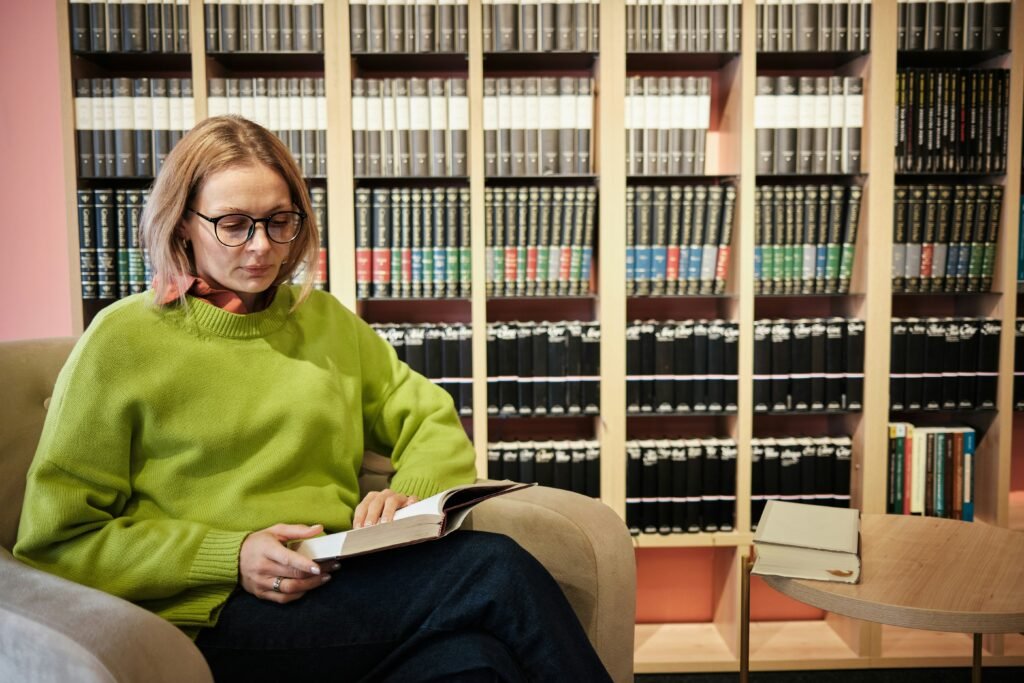
Strategy 2: Have a Reading Strategy
Speed means nothing if you waste time on unimportant details. The second step is knowing when to read fast and when to slow down — especially for non-fiction.
The 80/20 Rule
In most non-fiction books, 80% of the value comes from 20% of the content. The rest is often filler, examples, or repetition.
For example, in Atomic Habits, the core lessons are surrounded by stories and case studies. Using the Triforce Method:
- Read most sections quickly (internal monologue removed, visual tracker engaged).
- When you hit a “golden nugget” of advice, slow down, think about it, and absorb it.
The key here: adapt your speed based on content. Reading 700 wpm during a key concept will reduce comprehension — so drop to 500 wpm or less when it matters.
Avoid “highlighting every sentence” syndrome. Focus on what really moves the needle.
Strategy 3: Summarise and Consolidate
Reading faster and smarter means nothing if you immediately forget what you’ve read. The third pillar of the Triforce Method is about retention and application.
Summarising
After each page, summarise it in 1–2 sentences in your own words. Even “nothing important happened here” counts. This habit forces your brain to engage with the material and improves comprehension.
Consolidating
Especially for non-fiction, you must take action on what you read. Learning is about changing behavior, not just collecting ideas.
Example: After reading about habit tracking in Atomic Habits, actually start tracking your habits that day — don’t just file the advice away for “someday.” The author of this method even paused reading for 24 hours to implement changes before continuing.
If you don’t change anything after reading, you haven’t truly learned.

When to Use This Method
- Learning-focused reading: Non-fiction, textbooks, technical guides, exam prep — anytime speed, focus, and retention matter.
- Enjoyment reading: Fiction, poetry, or literature may not require all these techniques — unless you want to increase speed intentionally.
The Bottom Line
The Triforce Method combines:
- Speed – Removing subvocalization + using a visual tracker.
- Strategy – Applying the 80/20 rule and adapting your pace.
- Retention – Summarising and acting on what you read.
With consistent practice, you can double your reading speed, focus only on what matters, and actually remember and use the information.
If you’d like, I can also make a condensed, visually appealing infographic summarizing the three strategies in the Triforce Method so it’s easier to refer back to.
Do you want me to prepare that next?

 News4 weeks ago
News4 weeks agoDiddy Wakes Up to Knife in Prison Attack

 Business4 weeks ago
Business4 weeks agoHarvard Grads Jobless? How AI & Ghost Jobs Broke Hiring

 Entertainment2 weeks ago
Entertainment2 weeks agoAfter Party: Festival Winner for Best Romantic Short

 News1 week ago
News1 week agoCamp Wackapoo – Rise of Glog Takes Center Stage

 Entertainment1 week ago
Entertainment1 week agoFrancisco Ramos Takes Top Mockumentary Award at Houston Comedy Film Festival

 Politics2 weeks ago
Politics2 weeks agoMamdani’s Victory Triggers Nationwide Concern Over New York’s Future

 Politics2 weeks ago
Politics2 weeks agoTrump’s $2,000 Tariff Dividend Plan: Who Gets Paid?

 News1 week ago
News1 week ago50-Year Mortgages: A Game Changer or a Debt Trap?

